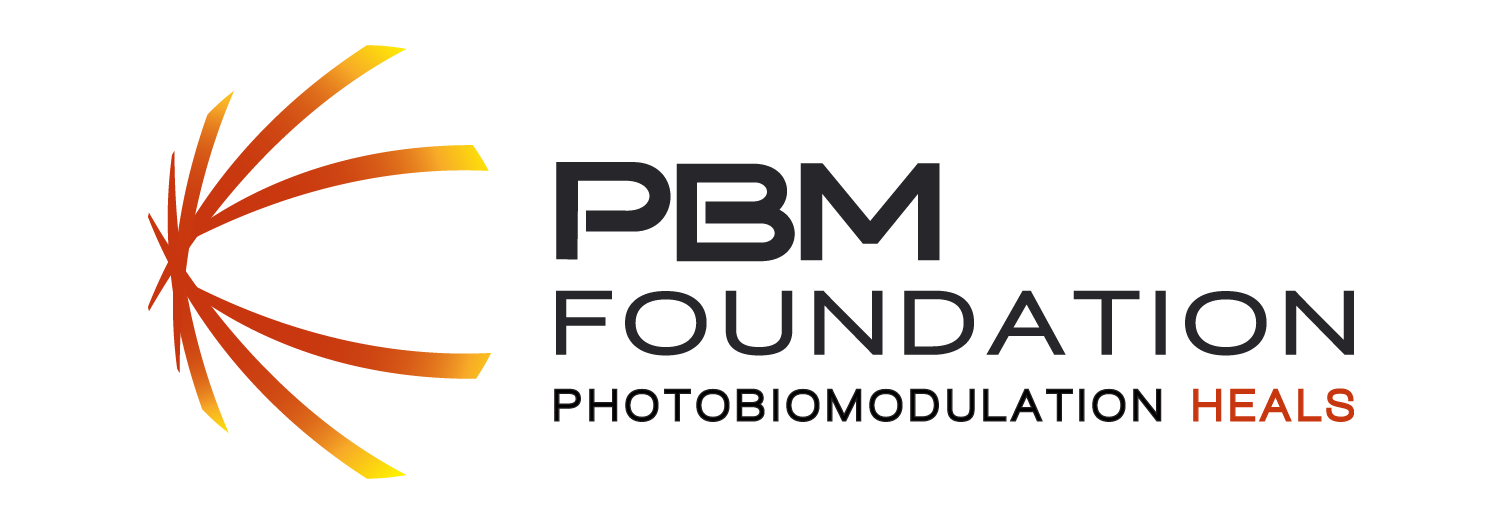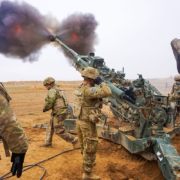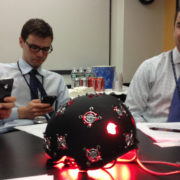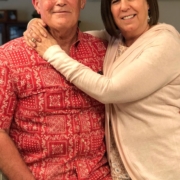Tug McGraw Foundation-Supported Study Provides Hope for Improving Cognitive Function in Veterans
A recently published Tug McGraw Foundation-funded study found that the use of red and near-infrared light therapy improved cerebral blood flow and cognitive functions in veterans with chronic traumatic brain injury (TBI). The landmark study is among the first to demonstrate objective evidence for the reversal of regional cerebral blood flow (rCBF) deficits in chronic TBI patients. Independent researchers, in collaboration with brain imaging and analytics company CereScan® Corp., used quantitative functional brain imaging and neuropsychological assessments to analyze the therapy’s effectiveness.
Read more at tugmcgraw.org or download the PDF



